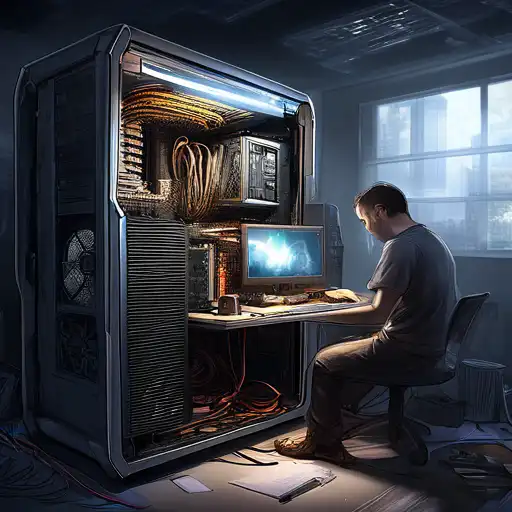Introduction to PC Building
Building your own PC can be a rewarding experience, offering both personal satisfaction and the opportunity to customize your machine to your exact needs. Whether you're a gamer, a content creator, or just looking for a powerful workstation, assembling your own computer allows you to select each component for performance, aesthetics, and budget.
Why Build Your Own PC?
There are several advantages to building your own PC, including cost savings, the ability to upgrade easily, and the satisfaction of creating something uniquely yours. Plus, you'll gain a deeper understanding of how computers work.
Essential Components for Building a PC
Before you start, it's important to understand the key components you'll need:
- Processor (CPU): The brain of your computer, responsible for executing instructions.
- Motherboard: The main circuit board that connects all components.
- Memory (RAM): Temporary storage that your CPU uses to store data for quick access.
- Storage (SSD/HDD): Where your operating system, applications, and files are stored.
- Graphics Card (GPU): Essential for rendering images, especially important for gaming and video editing.
- Power Supply (PSU): Powers all components of your PC.
- Case: Houses all your components and protects them from dust and damage.
Choosing the Right Components
Selecting the right components is crucial for building a PC that meets your needs. Consider your budget, the purpose of your PC, and future upgradeability when choosing parts.
Step-by-Step Guide to Building Your PC
Now that you have all your components, it's time to start building. Follow these steps to assemble your PC:
- Prepare your workspace and ensure you have all necessary tools.
- Install the CPU onto the motherboard carefully, aligning it correctly.
- Install the RAM into the designated slots on the motherboard.
- Mount the motherboard inside the case.
- Install the storage drives (SSD/HDD) into the case.
- Insert the graphics card into the appropriate slot on the motherboard.
- Connect all components to the power supply.
- Finally, connect your monitor, keyboard, and mouse, then power on your PC to install the operating system.
Tips for First-Time Builders
Building a PC for the first time can be daunting, but with patience and careful attention to detail, anyone can do it. Remember to ground yourself to avoid static electricity, read all manuals, and don't force components into place.
Conclusion
Building your own PC is an exciting project that can save you money and give you a custom machine tailored to your needs. With the right preparation and components, you'll be able to enjoy the fruits of your labor for years to come. For more tips on PC building, check out our PC Building Tips page.
